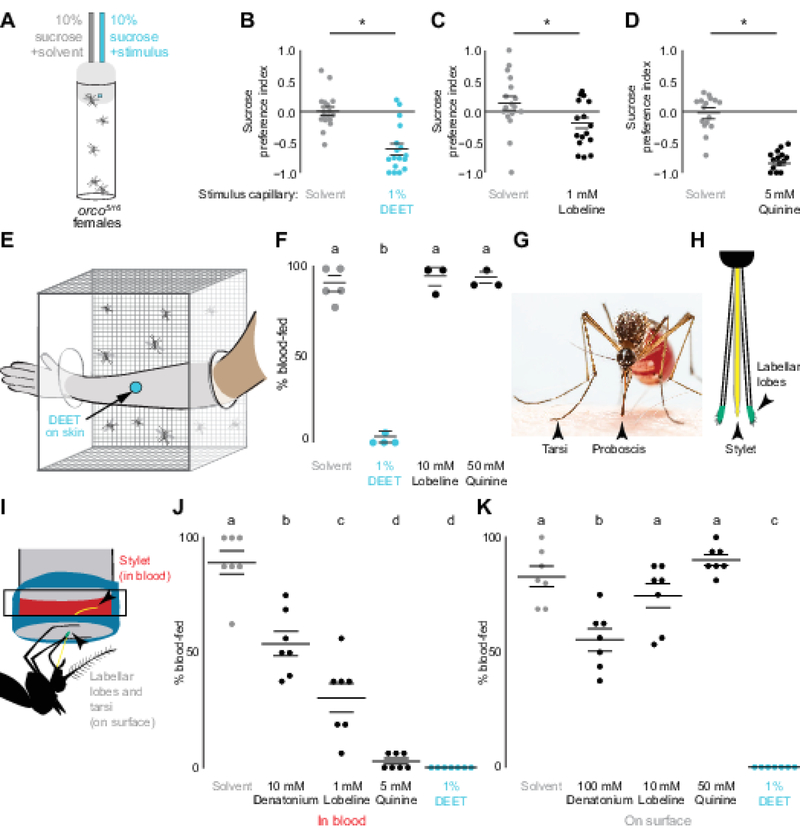Figure 1 |. DEET and Bitter Compounds are Repellent When Ingested, but only DEET is Repellent on Contact.
(A) Mosquito CAFE assay schematic.
(B-D) Inhibition of sucrose ingestion in a two-choice CAFE assay by DEET (B), lobeline (C), or quinine (D) compared to solvent (gray) (N=14–17, n=5 animals/assay).
(E) Arm-in-cage schematic of a DEET-treated arm with a 25 mm circle of accessible skin.
(F) Blood-feeding with the indicated compounds applied to a human arm as in (E) (N=3–5, n=23–25 animals/assay).
(G) Mosquito feeding on a human arm with proboscis and tarsi contacting the skin (Photo: Alex Wild).
(H) Schematic of the sensory appendages of the mosquito proboscis.
(I) Glytube assay schematic highlighting location of appendages during in blood and on surface feeding experiments.
(J-K) Glytube feeding with indicated compounds applied in blood (J) or on surface (K) (N=7, n=15–16 animals/assay).
Horizontal lines in B-D, J, K represent mean ± SEM. Different letters or * indicate statistically significantly distinguishable groups [p<0.05; Student’s t-test (B-D), or one-way ANOVA with Tukey HSD post hoc test (F, J, K)].
See also Video S1.

